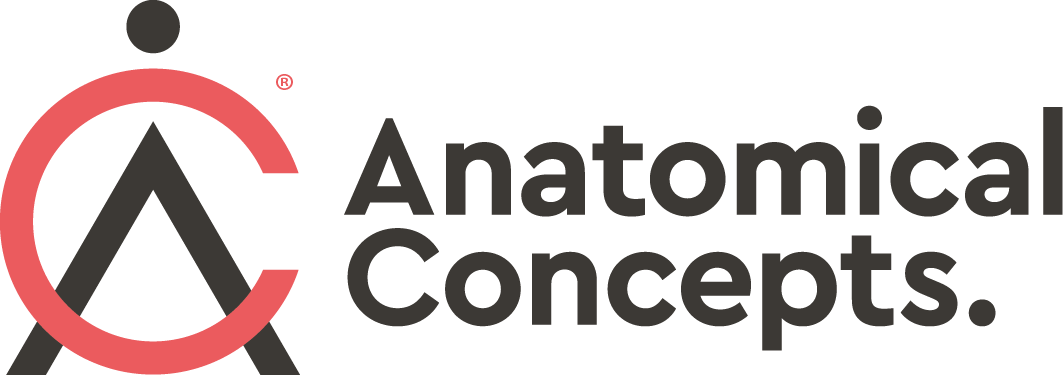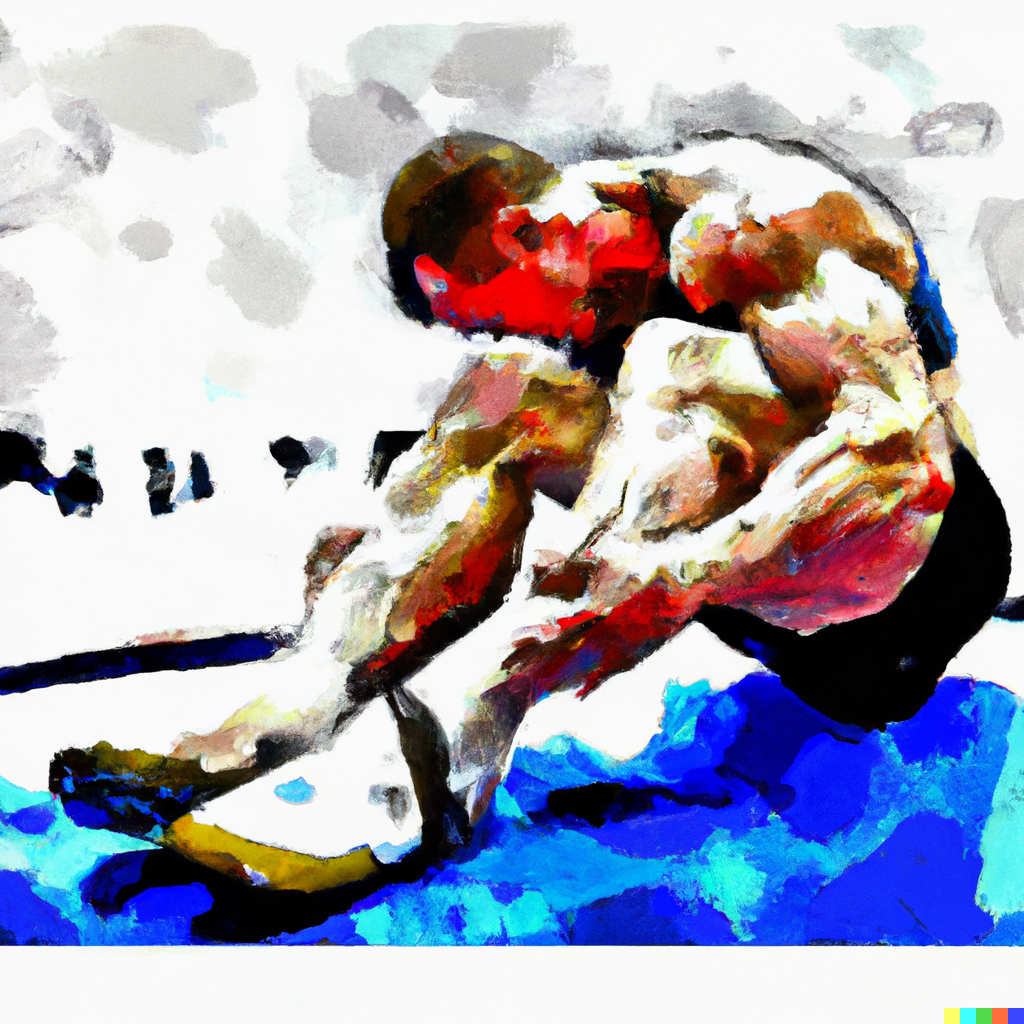Articles
Filter by Topic
- Adaptive Sport 1
- Artificial Intelligence 1
- Bike Labyrinth 3
- Bone density 1
- Brachial Plexus 1
- Bridging the Gap 1
- Bridging the Gap 1
- Carbonhand 4
- Cardiovascular 1
- Client Stories 4
- Cognition 1
- Company Updates 3
- Decision Making 1
- Dementia 1
- Denervation 21
- Diabetic Foot 12
- Efficiency 1
- Electrotherapy 27
- Exercise Benefits 28
- FES Cycling 12
- Functional Electrical Stimulation (FES) 55
- Gait 2
- Goal Setting 5
- Grip 3
- Healthspan 2
- Indego 13
- Lifestyle 8
- Lower Motor Neuron 1
- Mobility 17
- Motivation 2
- NMES 1
- Nerve injury 1
- NexStride 1
- Occupational Therapy 1
- Orthotic 15
- PRAFO 22
- Pain 5
- Parkinsons 2
- Pressure Ulcers 10
- Product Updates 7
- RISE Stimulator 9
- Safety 2
- Sponsor 1
- Standing 4
- Stim2Go 2
- Stimulette den2x 5
- Support 1
- TENS 1
- Technology 17
- Tek RMD 21
Article Length
- 1 minute read 3
- 10 minute read 9
- 11 minute read 7
- 12 minute read 7
- 15 minute read 6
- 18 minute read 1
- 19 minute read 1
- 2 minute read 4
- 26 minute read 1
- 27 minute read 1
- 28 minute read 1
- 3 minutes read 9
- 4 minute read 34
- 5 Minute read 12
- 6 minute read 6
- 7 minute read 13
- 8 minute read 6
- 9 minute read 3
- FES 2
- FoG 1
- PRAFO 1
- Seven Minute Read 1
- awareness 1
- carbonhand 2
- cognitive 1
- cues 1
- freezing gait 1
- freezing of gait 1
- gait 1
- neurological 1
- neuroplasticity 1
- nexstride 2
- occupational therapy 1
- occupational therapy day 1
- orthopaedics 1
- orthotic 1
- parkinson's 1
- pressure 1
- pressure relief 1
- prevention 1
- rehabilitation 2
- stroke 1
- ulcers 1
- world stroke day 1
Bike Labyrinth: Cognitive and Physical Benefits for Individuals with Dementia or Cognitive Decline
Bike Labyrinth is an innovative product offering interactive bicycle tours for individuals who are now unable to exercise outdoors, such as those who are elderly, frail, or experiencing dementia. The effect is very engaging, interactive, simple to use and loved by users. Bike Labyrinth can incorporate a user’s or care home’s exisitng bike and utilise a HD television.
At Anatomical Concepts we love exercise - it is good for everyone. It can help us overcome aspects of physical disability and is good for our emotional and cognitive well being. Who wants to reduce the chances of us needing healthcare in future?
It seems that many of us are too busy or lack motivation to exercise regularly and this is especially true of older adults. With Bike Labyrinth you can explore more than 600 cycling routes and rediscover the joy of exercise whoever you are.
Bridging the Gap: Using Elite Athlete Principles for Neurological Rehabilitation
In this first article in the “Bridging the Gap” series of articles, I want to encourage you and I to start thinking about motor training for physical rehabilitation as if we were training an elite athlete.
The best way to get on to the Tek RMD
There is no such thing as the perfect product. Any product has to meet the individual requirements and preferences of the user. However, the Tek RMD is an exceptional, one-of-a-kind type of product, that allows people with lower limb paralysis or weakness to stand and move around in an upright position. It was designed with paraplegia due to a spinal cord injury in mind, but recent enhancements have extended the appeal to those with other neurological conditions.
A fundamental issue in getting the best out of the Tek RMD is being able to get on and of it safely and effectively. In this article we review the most commonly used approaches
Evaluating denervated muscle with the RISE stimulator
How to we test for denervated muscle? As we will see in this article, a number of conditions can lead to denervation. Sometimes the extent of this denervation is hard to establish with equipment commonly available to the therapist. Perhaps the therapist tried “conventional” neuromuscular electrical stimulation (NMES) and could not produce a muscle contraction even with quite high intensity settings. Hence denervation was suspected, but without really being able to determine it’s extent.
The RISE stimulator provides a handy protocol that allows the presence and extent of denervation to be established and monitored over time. This article describes the process. First lets review some information on what exactly causes denervation, it’s consequences and the benefits of electrotherapy. We can then describe how the RISE unit can give is a denervation “benchmark”.
Making a habit of training for physical recovery
Things happen that can take our lives off track. A catastrophic injury, stroke or other neurological condition is never part of anyone’s life plan. Rehabilitation and physical recovery is going to be viewed as a unique challenge or an insurmountable burden we have to face.
Our clients need help in seeking realistic and achievable goals and they need the guidance and the technology to act. However. just as important will be working through the steps that take us from intial inspiration through to the creation of a habit. Adherence to a rehabilitation programme is always necessary irrespective of the technology or therapy input we provide.
Why you should treat denervated muscle quickly
The European RISE study showed that complete lower motor neuron lesions resulting in denervated muscle could be successfully treated at home using a particular form of electrical stimulation. The project showed that both the muscle tissue quality and bulk could be rescued with regular use of this stimulation.
We work with the Stimulette RISE which is direct outcome from this work and builds upon a significant amount of fundamental and applied research. In this article, we consider why starting such therapy early is beneficial and for whom.






